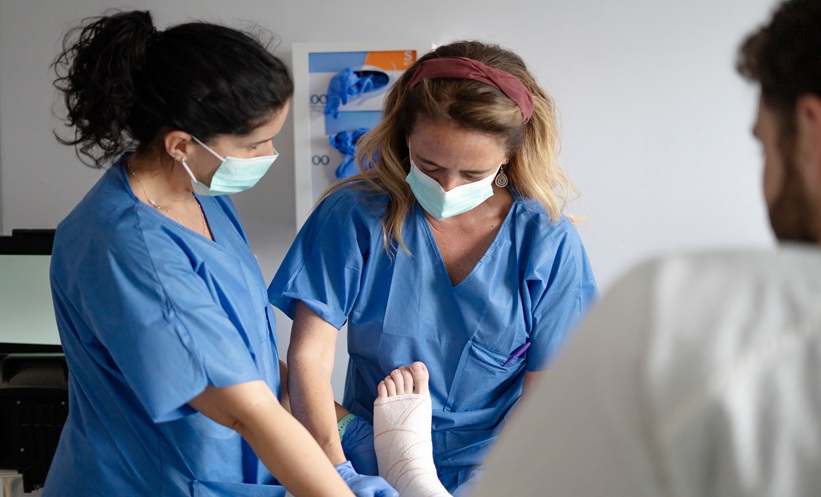THE targeted use of local antibiotics in orthopedic surgery is gaining traction, but limited supporting evidence continues to challenge its widespread adoption, according to a new review exploring current practices and novel technologies in infection management.
Orthopedic infections, particularly those linked to surgical implants and complex fractures, represent a persistent threat to patient outcomes. This review differentiates between prophylactic and therapeutic antibiotic applications, highlighting common delivery strategies such as topical powders, irrigation solutions, intraosseous injections, and antibiotic-loaded bone cement. Each method aims to localize antibiotic concentrations, reducing systemic toxicity while maximizing efficacy at the infection site.
Yet despite the clinical appeal of local delivery systems, the article emphasizes that robust, randomized controlled trials remain scarce. This evidence gap raises important questions about the routine use of such interventions, particularly in settings beyond high-risk open fractures. For instance, while topical vancomycin powder has demonstrated a reduction in gram-positive infections in select trauma cases, its benefit in broader surgical scenarios remains unclear.
Innovative delivery methods are actively reshaping the field. Emerging technologies—including hydrogels, bioactive scaffolds, and small molecule-based systems—show promise for increasing localized drug retention and enabling targeted, sustained release. These next-generation platforms aim not only to improve infection control but also to minimize disruption to surrounding tissue and reduce antibiotic resistance risks.
The authors call for continued research to refine these technologies and establish standardized treatment protocols. As orthopedic infections continue to pose complex treatment challenges, particularly in the era of implantable devices and rising antimicrobial resistance, a tailored, evidence-based approach to local antibiotic use is essential.
This review reinforces the growing recognition that while local antibiotic delivery offers theoretical advantages, clinical decision-making must remain grounded in outcomes-driven data. With the evolving landscape of materials science and infection biology, the next decade may well redefine standard infection prevention and treatment in orthopedic surgery.
Reference:
Aronson JR et al. Local Antibiotic Delivery in Orthopedics: Review of Current Practices and Emerging Technologies. Infect Dis Clin North Am. 2025:S0891-5520(25)00026-1. [Online ahead of print]








